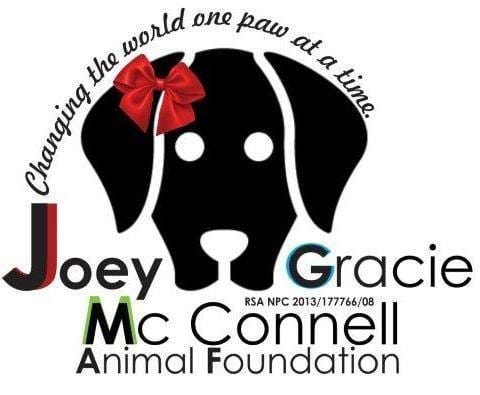Rescue and Rehabilitation
Rescue does not mean damaged, it means they have been let down by humans
Rescue and rehabilitation one of the most time consuming, dangerous and expensive tasks in animal welfare.
Often performed by the poor of wallet and rich in heart.
Rescue usually begins when a rescue centre is informed of a case of animal cruelty, an animal in danger or an animal has been injured and needs assistance. The circumstances of rescue are ever changing and sadly often every worsening. Rescue situations are often volatile and taxing on the rescuer emotionally and sometimes physically. We won’t even mention the trauma the animal is feeling during this process either. Rescue operations can be time consuming and costly and often involve the services of professionals such as vets, animal behaviourists, animal rescue personnel and occasionally rescue services such as the fire brigade or the police.
Rehabilitation usually begins when an animal is found and reported or brought in to a rescue centre or is seized and rescued from an illegal trader or abuser. The rescue centre then proceeds to take the animal to the appropriate veterinary clinic or wildlife rehabilitator depending on the animal.
The animal is then examined by the vet or wildlife professional in order to determine the extent of the animals injury and the chances of a successful rehabilitation. If it appears that the animal can make a sufficient recovery to be released back into the wild or successfully rehomed, the animal will be fed, nurtured, provided safe temporary housing and medically treated as necessary. This is where time and expense play a large role and donations are often put to good use in this regard especially. Foster homes are often needed when the animal has recovered successfully if it is a domestic case as a forever home will need to be found that is a suitable match for the animal and this can take time.
Animals that sadly cannot be rehabilitated are usually humanely euthanized, although depending on the animals quality of life some animals are occasionally placed at facilities appropriately licensed for educational exhibit or brought into appropriate lifetime care rescue centers.
A non-releasable animal may sometimes be kept by the rehabilitator as a surrogate parent for orphaned or injured younger animals. Lifers stay with the rescue center for the remainder of their lives.


























